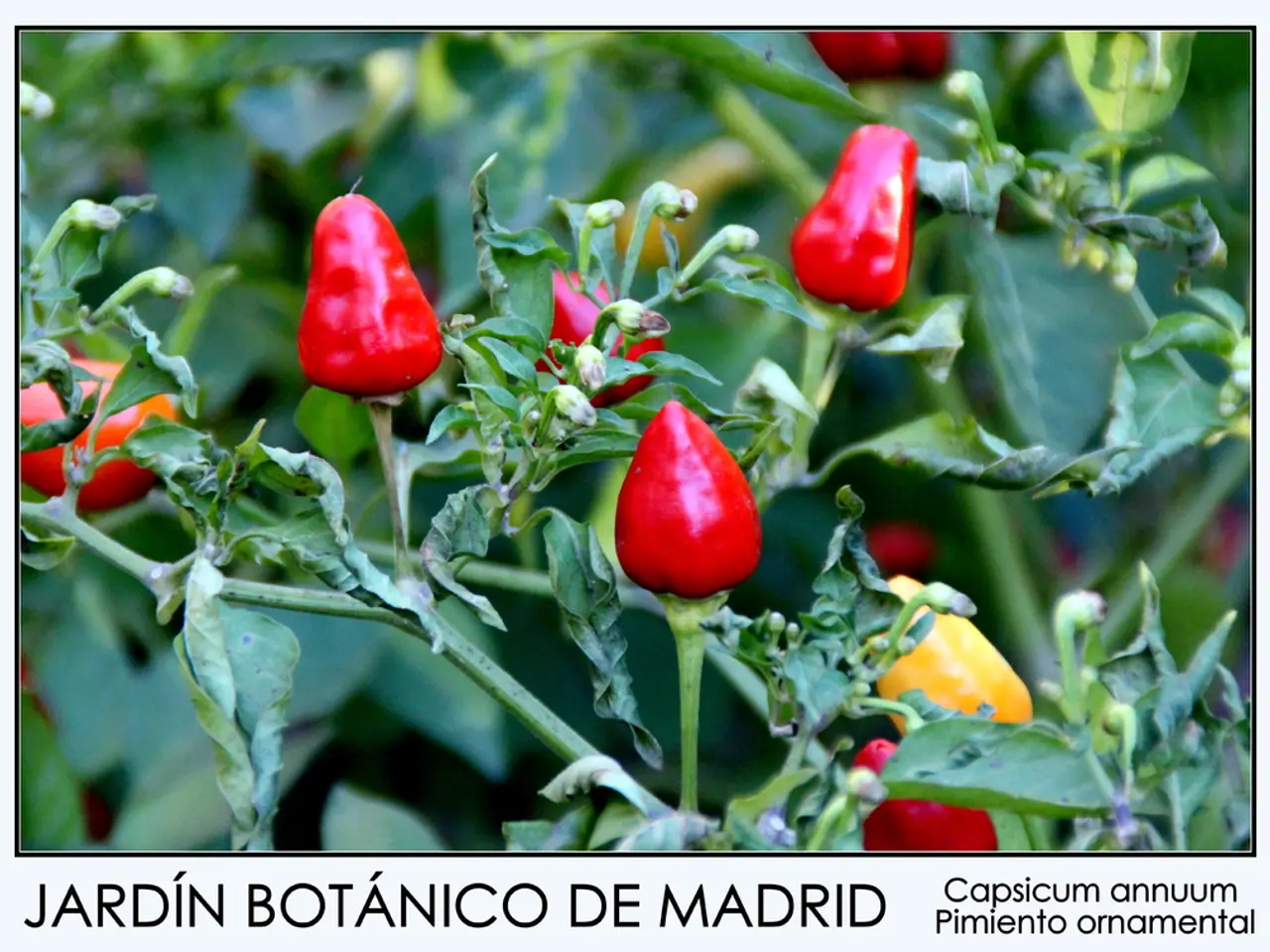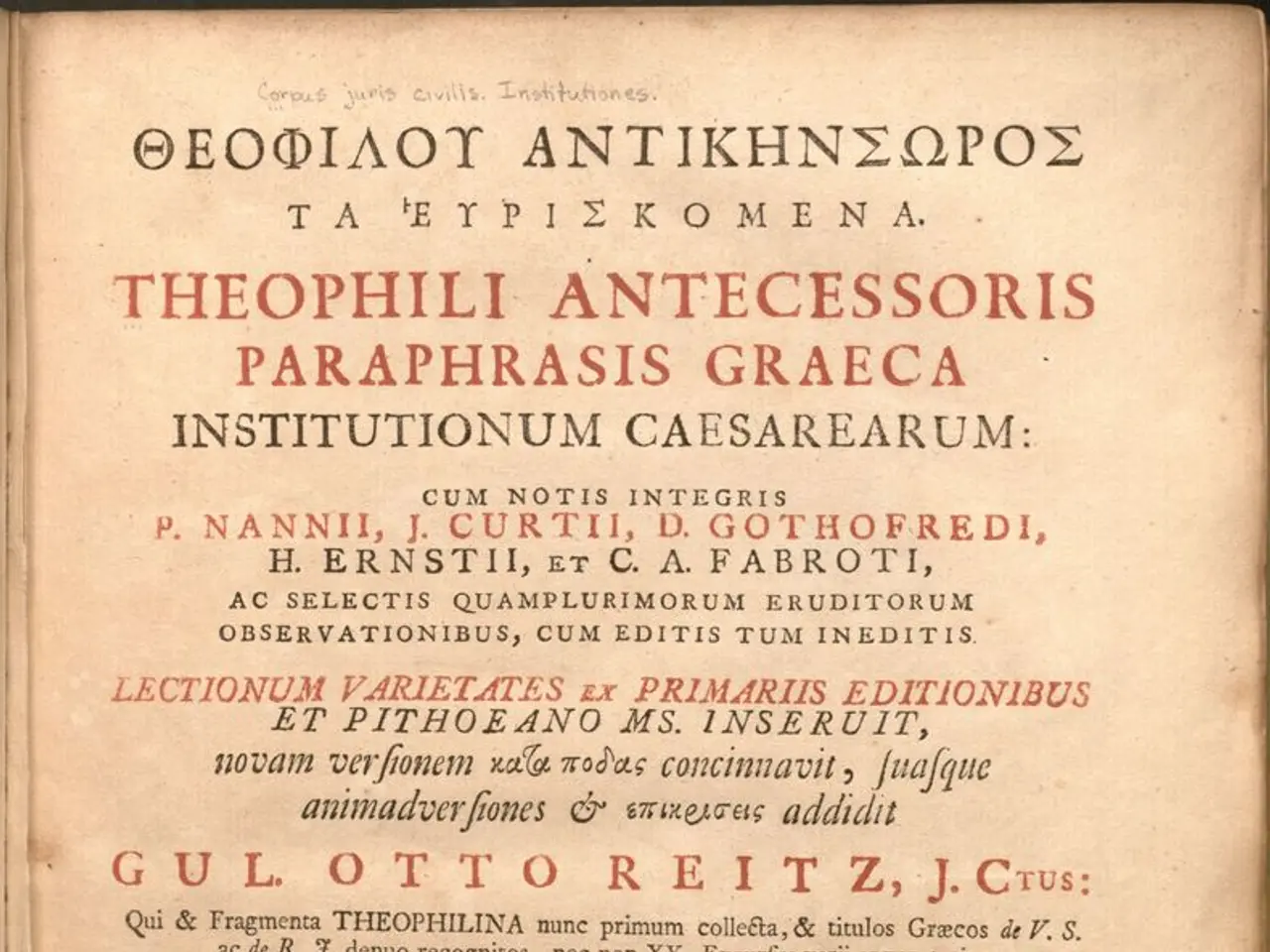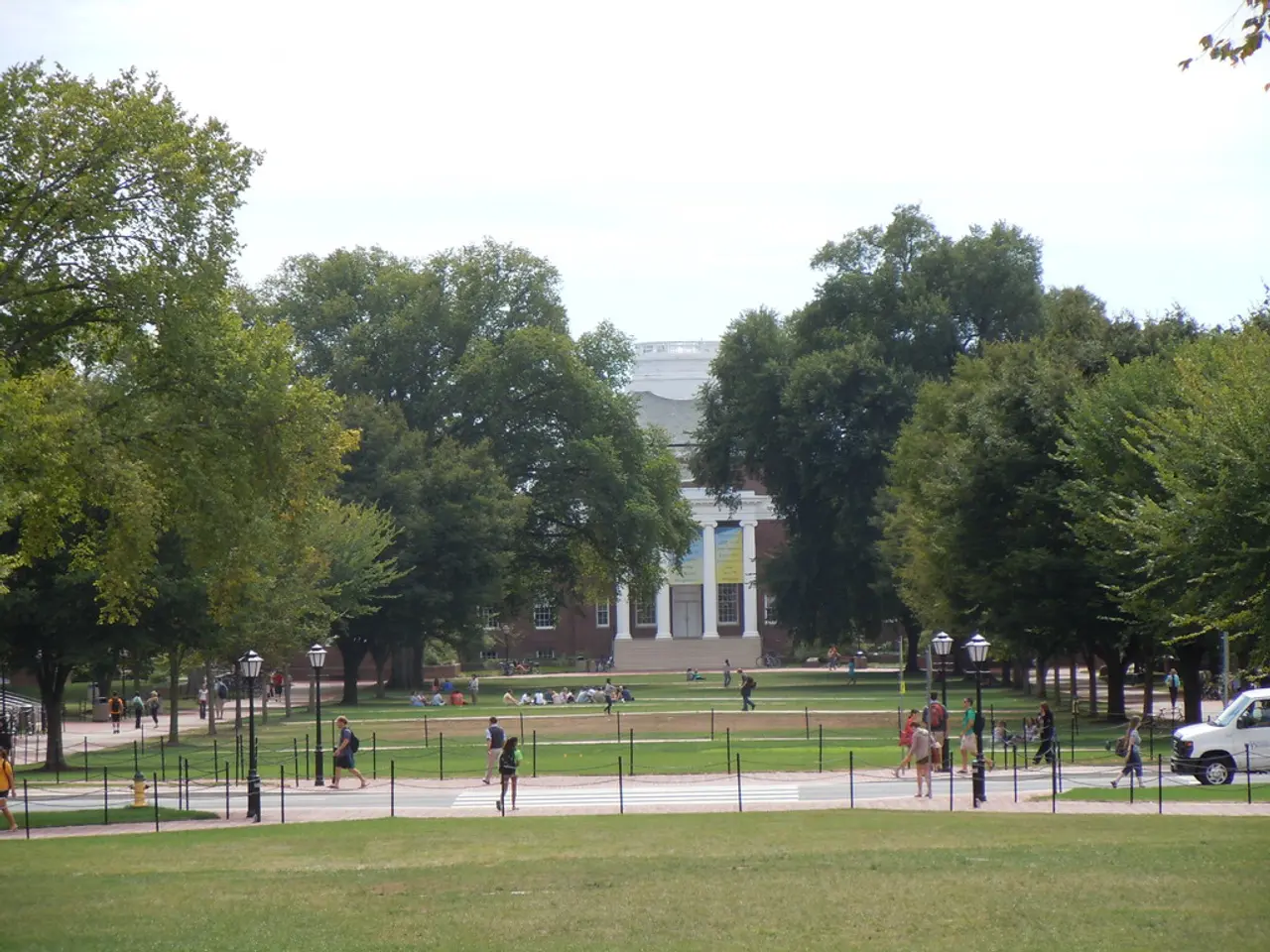Exploring the Depths of Creative Self-Expression and Individuality in Art
In the realm of arts education, understanding the interplay between artistic expression and identity is paramount. This relationship serves as a powerful tool for fostering self-awareness, cultural appreciation, and personal transformation.
Artistic expression is a unique medium for individuals to articulate their unique perspectives and experiences, allowing them to express their identities in ways that words alone may struggle to convey. This is particularly evident in the digital age, where diverse forms of artistic expression flourish, enabling personal narratives to be shared globally.
Identity, shaped by factors such as culture, social context, and personal experiences, is often reflected in artistic expression. This interplay allows for the exploration of diverse cultural backgrounds and perspectives, providing a platform for individuals to communicate thoughts, emotions, and identities through various art forms, such as painting, music, dance, and literature.
Historical art movements have profoundly shaped how diverse identities are expressed and represented within arts education. For instance, the Harlem Renaissance and African American art significantly impacted American identity by centring Black experiences, struggles, and cultural contributions. Modern and contemporary movements further expanded identity representation by challenging traditional norms and exploring complex, multifaceted identities.
Queer and gender diverse representations have been shaped by artists who dared to challenge societal expectations, paving the way for later artists advocating for LGBTQ+ narratives and perspectives in art education. These movements provide critical entry points for examining how identity is constructed, performed, and contested, prompting students to engage with multiple cultural perspectives and social issues.
Artistic expression also serves as a therapeutic tool, enabling individuals to express emotions and experiences that may be difficult to articulate verbally. However, accessing arts education presents a substantial barrier, restricting the ability of individuals to explore their creative potential. Societal expectations impose limitations on how identity is expressed through art, often leading to internal struggles for individuals.
Engaging in artistic expression allows individuals to reflect on their past and examine their present circumstances, fostering greater self-clarity. The future of artistic expression and identity holds the promise of greater inclusivity and diversity, making room for marginalized voices to contribute to the collective conversation on identity through art.
Emphasising the importance of artistic expression and identity in arts education is crucial for nurturing a strong sense of personal and collective identity in future generations. By fostering self-expression and cultural awareness, arts education plays a pivotal role in shaping identity, encouraging experimentation and risk-taking in a safe environment, and providing a platform for individuals to articulate and explore their identities, enriching the broader tapestry of human experience.
Engaging in diverse forms of artistic expression can facilitate self-awareness about one's own cultural background, thus enhancing personal growth and development. This educational journey, rooted in the exploration of artistic expression and identity, is an essential stepping stone towards holistic education and self-development.
The dialogue between artistic expression and identity effectively transcends geographical boundaries, becoming a bridge for the communication of unique perspectives and experiences on the global stage, thereby contributing significantly to both education-and-self-development.




